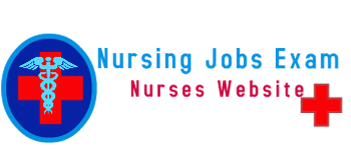ABOUT US
This site provides study materials for registered nurses and nursing students. Usually going with the latest updates. We are providing the latest news about job opportunities for nurses. We are doing online exams and lectures for nurses
Contact Us: supportnursesnote@nursingjobsexam.com


